Popular on Food52
9 Comments
Shawn
November 22, 2014
This recipe doesn't seem to work. I think it does need to go into the oven. Thoughts from those that have tried it?
Sandssweet
December 8, 2013
Can you cook all creme brûlée recipes this way? Every other time I've made creme brûlée I've baked it in a hot water bath, but the cooking on the stovetop method seems like it'd be much less of a hassle
Cassandra B.
December 11, 2013
I've also only ever done a hot water bath for this, but always to a temperature of 170 degrees . . . since that's the temp. that's called for in the article, it should work fine. I plan on trying it soon!
Kitchen B.
December 2, 2013
And you don't even have to have a blowtorch to be successful at it!
Thanks to Mensaque, on the food52 hotline, I learnt a new kitchen hack. And tested it too = use a heated ladle to 'brulee' the sugar - on point. Glass-crack bruleed top! http://www.kitchenbutterfly.com/2013/06/13/technique-how-to-brulee-without-broiler-or-blowtorch/
Thanks to Mensaque, on the food52 hotline, I learnt a new kitchen hack. And tested it too = use a heated ladle to 'brulee' the sugar - on point. Glass-crack bruleed top! http://www.kitchenbutterfly.com/2013/06/13/technique-how-to-brulee-without-broiler-or-blowtorch/
softenbrownsugar
December 9, 2013
Great idea! I read the article and loved it! Even though my husband is a plumber, using his blow torch just didn't seem right somehow! Thank you!
carswell
December 2, 2013
One of the nicest crème brûlées I've made was an infusion of rosemary and orange zest. The sprigs of rosemary are removed and the slivered orange zest stays in the mix and takes on a marmalade like quality in the finished product.
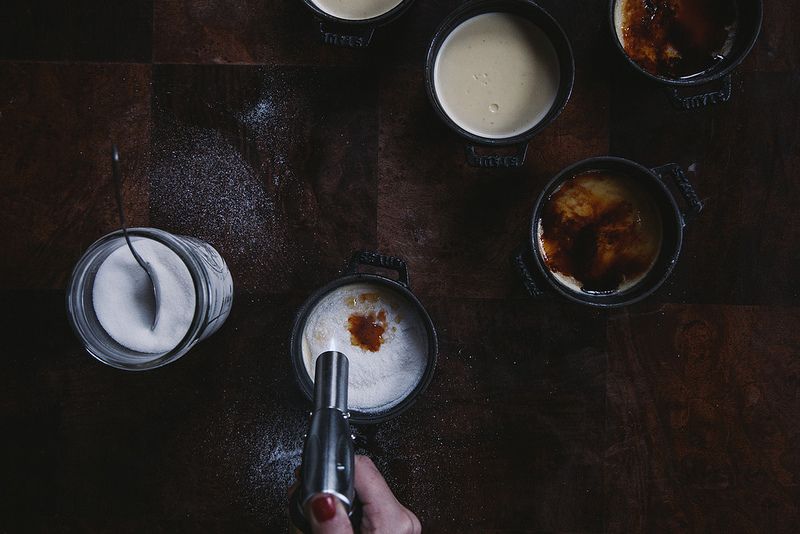
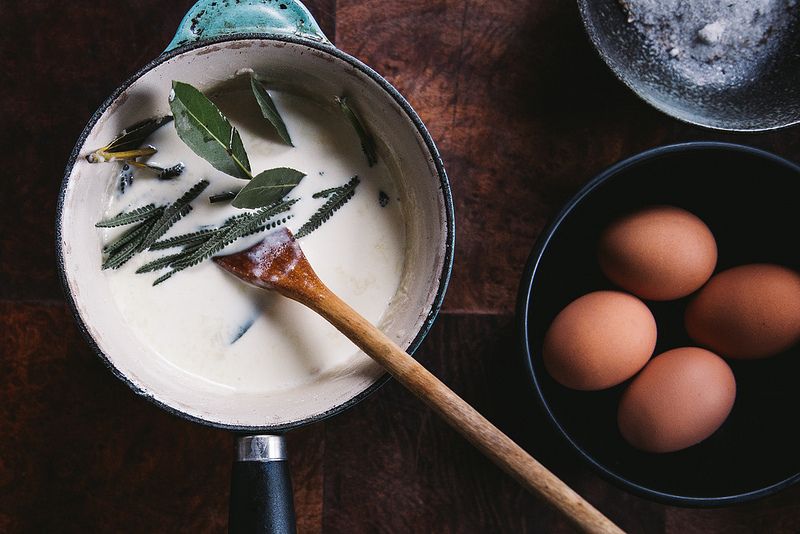
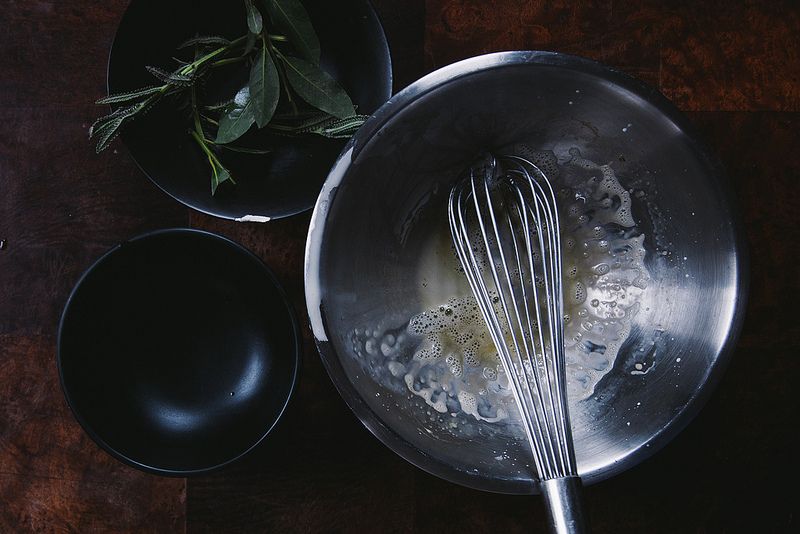
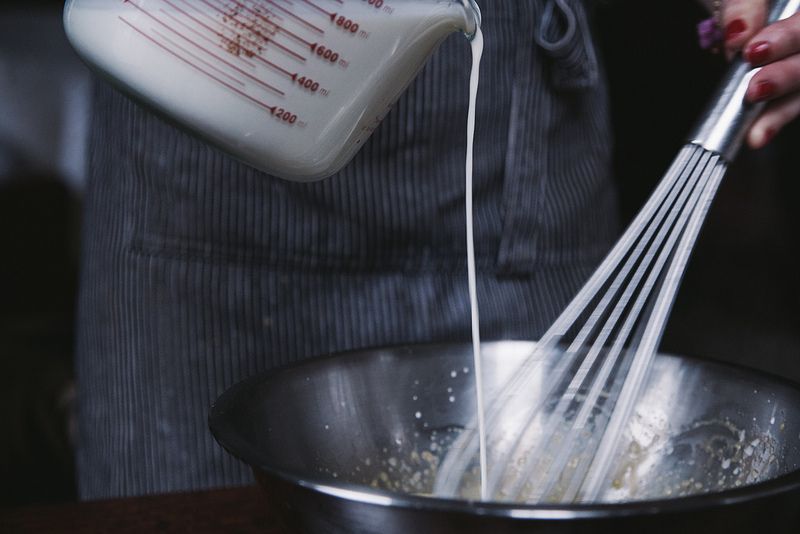
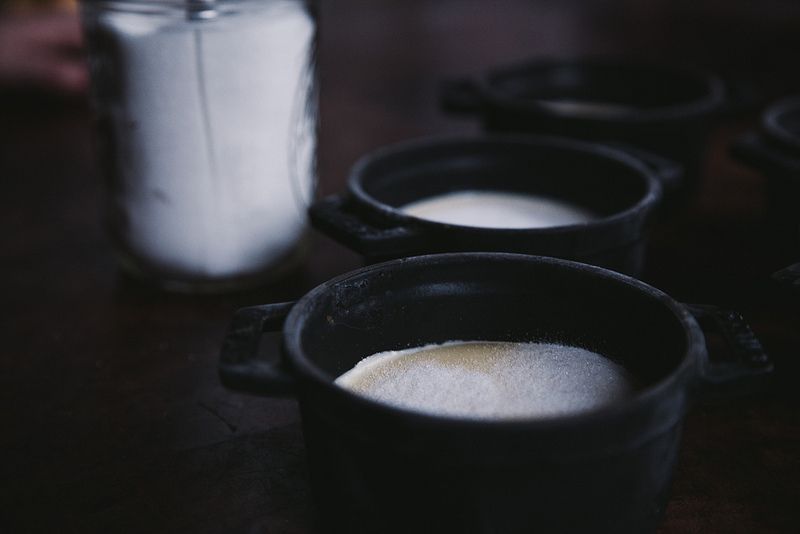
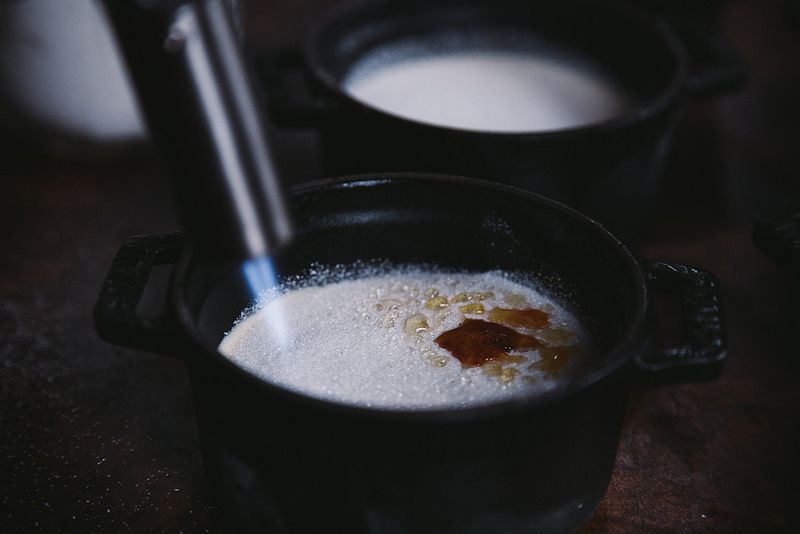

See what other Food52 readers are saying.